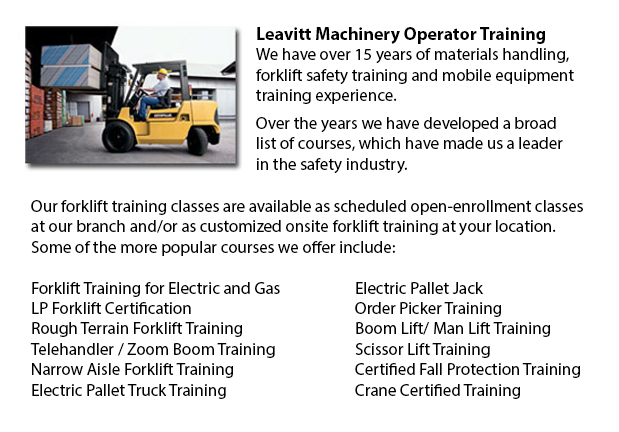
There are in actual fact two unique classifications of lift trucks within the material handling industry, the industrial model and the rough terrain model. Rough terrain lift trucks first came on the marketplace in the 1940's and were primarily used on rough surfaces, perfect for places where no paved roads were accessible, like building sites and lumberyards.
Typically, nearly all rough terrain forklifts are run on a propane, diesel or gasoline powered internal combustion engines with a battery used for power. A number of makers are playing with rough land forklifts that utilize vegetable matter and run from ethanol. Huge pneumatic tires with deep treads characterize these lift trucks to permit them to grab onto the roughest ground type without any slippage or shifting.
The earliest designs of rough terrain forklifts were able to transport weights of up to 1000 lbs, using blades that could slide under the item, lift it a tiny bit and then move it to another location. After a decade on the market, rough terrain vehicles were given additional shipping power to about 2000 lbs capacity. Telescoping booms were added in the 1960â??s, allowing them to stack materials a great deal higher than in earlier years. The telescoping model characteristic is a staple of nearly all rough terrain forklifts at the moment. Present designs are capable of managing well over 4000 lbs thanks to the continual improvements over the years. Telescoping capability has also improved with some styles achieving a height of 35 feet. Worker safety has also become a focus with many rough terrain forklifts now manufactured are outfitted with an enclosed cab for the driver, versus the older open air seating capacity.
The rough terrain forklifts available today work just as well on paved floors as on unpaved surfaces. These all terrain forklifts are being marketed for their adaptability permitting companies to transfer components from outside the plant to the inside or vice versa.
-
Crown Forklift
More -
Terex Forklift
Terex Forklifts takes immense delight in manufacturing quality equipment that helps improve their customers' efficiency while standing by their mission to provide a cost effective yet reliable product line. Through several divestures and acquisitions... More -
Boom Lifts
Boom lifts are machinery that has a platform which could be lowered or lifted to many heights, therefore making this piece of equipment an important requirement in a wide variety of professions. Accessible in many different specialized types such as... More -
Pallet Stackers
Pallet stackers are a kind of pallet jack that might be used to stack, transfer and lift commodities positioned on a pallet that are far too burdensome for manual lifting. Mainly these mechanisms are used to load and unload goods from trucks and to t... More -
Hyster Forklift
Hyster is presently a global leader in forklifts and warehousing solutions. However, it began as a producer of lifting machinery and winches. Most of its production was focused in the northwest United States and dealt mostly with the wood and loggi... More

Forklift Training Avondale
TOLL FREE: 1-888-254-6157
Avondale, Arizona
forkliftcertificationavondale.com
Email Us
About Us


